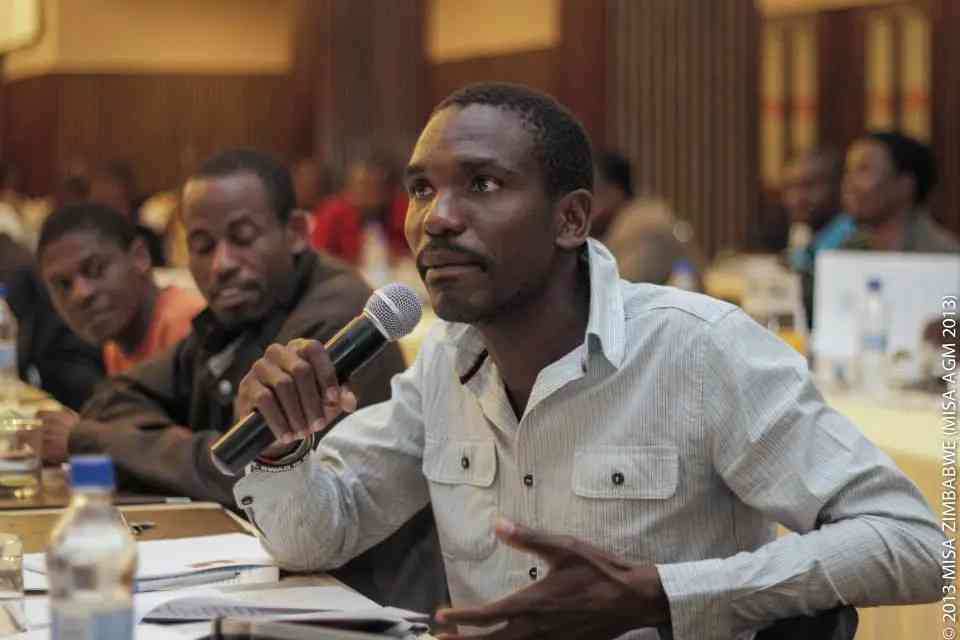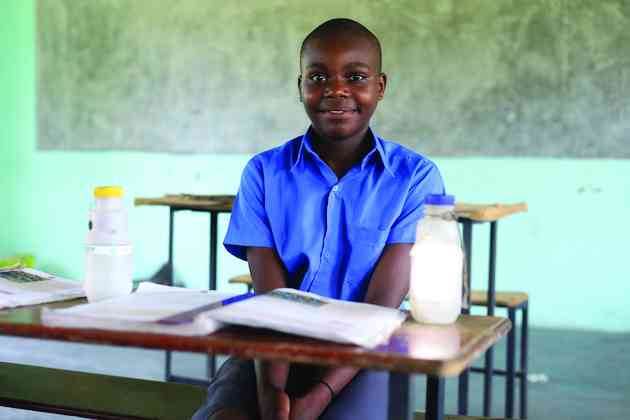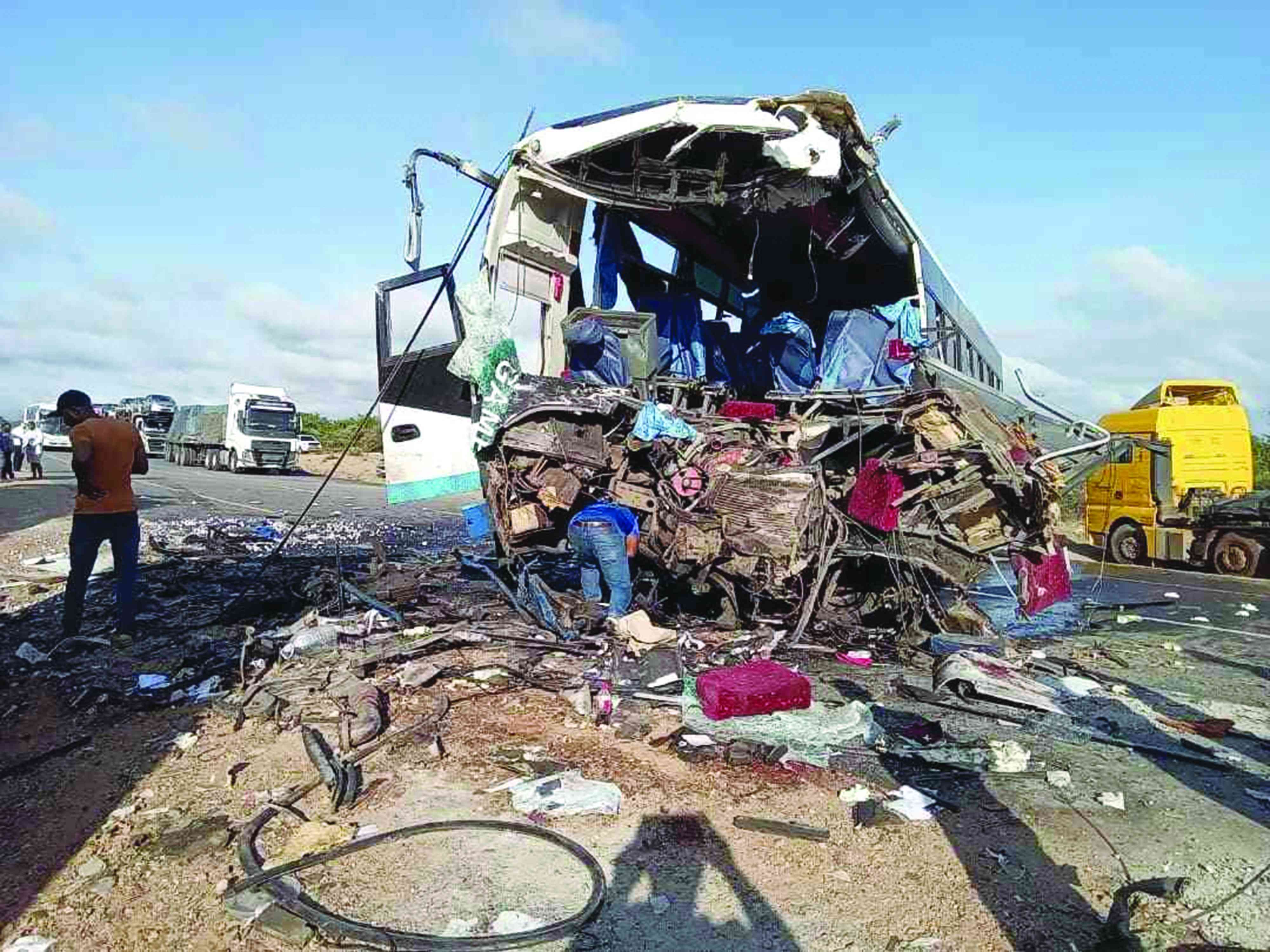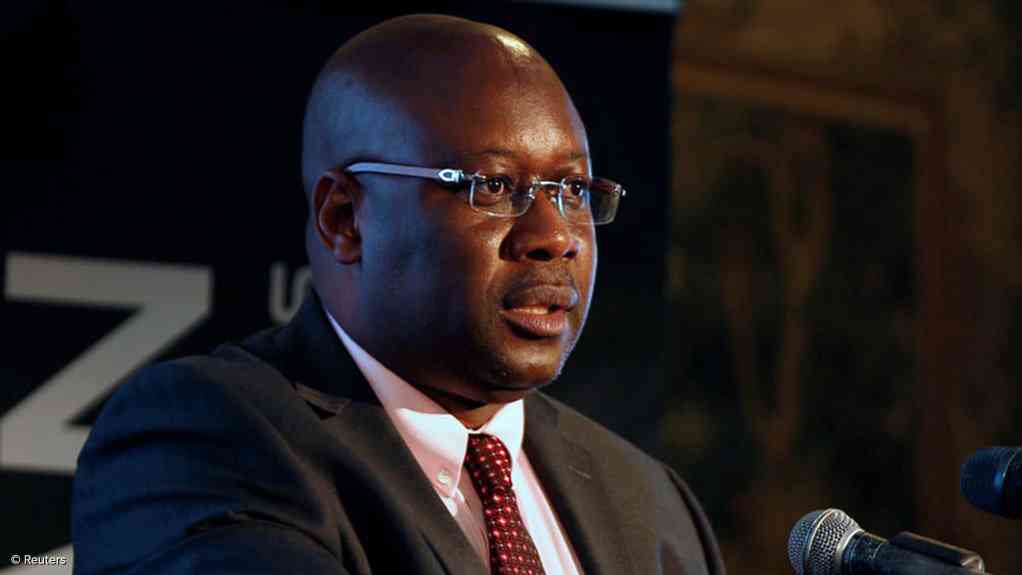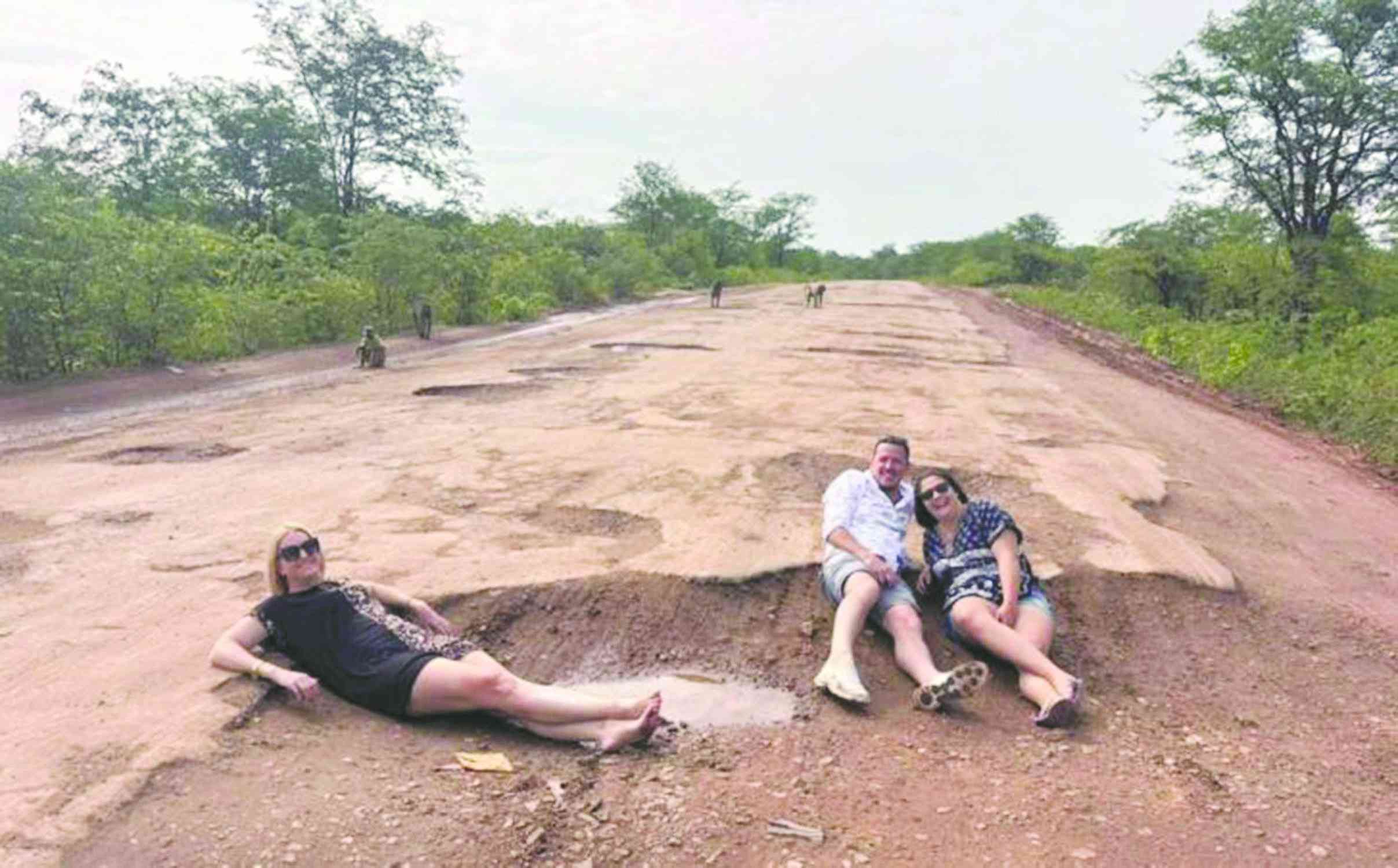
The highlight of my weekend trip to Victoria Falls was breakfast at the famed Makuwa Kuwa Restaurant — a spectacular terrace carved into the cliffs of the majestic Victoria Falls Safari Lodge.
Suspended above north western Zimbabwe’s wilderness, it offers one of Africa’s most breath-taking views. From my table, the forest unfurled in every direction — a rolling green carpet stretching into Zambia and spilling westward toward Botswana’s Chobe National Park, where memories of past escapades still play in my mind like they happened yesterday.
On Saturday, as I sipped coffee under the African sun, I reflected on a more hopeful time. In 2013, during my days at The Financial Gazette, my editor, Hama Saburi, had sent me to cover the United Nations World Tourism Organisation (UNWTO) General Assembly, co-hosted by Zimbabwe and Zambia.
It felt like a football writer covering the World Cup. I knew the UNWTO would not return for another 300 years under the rotational system. Everyone joked that I would be the ancestor of ancestors by then.
Tourism boards across the region spared no effort — or expense — to showcase southern Africa’s treasures. And Botswana rolled out the red carpet. As we arrived, the Chobe River stretched into a horizon of tangled forest and silence.
Our boat — a bream-shaped relic well past its prime — strained against the current as we blasted away, filled with anticipation. Then chaos struck. A snake slithered across the deck, and instinct screamed: jump! But Chobe is croc country — I would have been their breakfast. Moments later, off Sedudu Island, a mother hippo mistook our presence for a threat. With a guttural roar, she charged. The boat’s engine stalled.
The captain panicked. The hippo closed in. Just as we braced for impact, the engine sputtered back to life. In that instant, I glimpsed the raw, indifferent power of nature — and the razor-thin line between life and death in southern Africa’s treasured travel isles.
Those were boom days. Travel writing was thrilling. Hospitality was extravagant, and I scooped coveted awards, too. Building a world-class tourism economy seemed possible.
- Corruption, poor workmanship in Bulawayo road construction unmasked
- Corruption, poor workmanship in Bulawayo road construction unmasked
- Storm over roads rehab tenders
- Storm over roads rehab tenders
Keep Reading
But this weekend, something was missing. It was not the service, the scenery, or the safari. It was the road.
Tourism is clawing back from Covid-19’s devastation, when arrivals plunged by 90% in a single year. The rebound has been encouraging — fuelled by domestic, regional, and international markets. As a travel-writing enthusiast, I was hopeful Zimbabwe would hit its projected US$5 billion tourism economy this year.
But after last year’s trip to Hwange, I raised the alarm. The Bulawayo–Victoria Falls Road — a 439-kilometre lifeline through rich wildlife and mining belts — was collapsing. It has been glossed over for decades by a government collecting billions in taxes while watching this artery disintegrate into gullies and dongas.
After heavy rains, elephants can drink from flourishing potholes — some tourists even mock the disaster by bathing in them for social media clout. This once-proud highway is now one of Africa’s worst major arteries, feeding into a prime foreign currency-earning destination.
The neglect has come at a cost. Lives have been lost — twisted metal carcasses along the highway tell the story.
At its northern tip sits the majestic Victoria Falls, the jewel in Zimbabwe’s tourism crown. Even during the 2000s — Zimbabwe’s most turbulent political and economic decade — the Falls remained the heartbeat of a GDP that was unravelling at a terrifying pace.
Yet this artery is now a chokepoint. A surge in coal mining, coupled with a flood of haulage trucks transiting from neighbouring countries, has ravaged the road. Between Hwange and the Falls — a 100km stretch — trucks tiptoe through craters, break down regularly, and cause deadly accidents.
It makes a mockery of the Emergency Road Rehabilitation Programme (ERRP), touted over the past five years. And it raises real doubts about the future of tourism.
The majority of domestic tourists travel by road. So do many regional visitors. After flying into Zimbabwe, they prefer road adventures. This road is their gateway — and it is broken.
In an editorial last year, I wrote: “President Emmerson Mnangagwa has shown unmatched energy on infrastructure revamps. But on this vital highway, he has dragged his feet. Perhaps he has been misled by sycophants keen to keep him happy. He must personally travel this road to see the disaster unfolding under his watch.”
This weekend, I tried to assess the true impact on tourism. What I found was shocking.
“The tourism landscape has taken several hits from the aging network, with visible decline in domestic visitors in the major tourism hub over the last festive season,” said Farai Chimba, president of the Tourism Business Council of Zimbabwe.
“Locals opted for other regions such as the Eastern Highlands and Masvingo that enjoy fairly good road networks. While it’s positive that other regions are growing, key resorts such as Kariba — which rely on road access — are struggling. Operators are finding it hard to attract weekend and conferencing business. Occupancies have declined, and several properties are now on the market as operators exit the destination.”
Operators echoed these concerns.
“That road needs attention,” said Anald Musonza, head of sales and marketing at Africa Albida Tourism, owners of the Victoria Falls Safari Lodge.
“Actually, there is no road, to be honest. It used to be there. Even with 4x4s, where you’d take four hours, now people are taking eight to ten. Domestic tourism — which we’ve been pushing — is suffering. Vic Falls is simply not accessible at the moment.”
“If there is anything we are crying for, it is the Bulawayo–Vic Falls Road,” he added.
Charles Chakanya, CEO of Kalai Safaris, told me:
“The Vic Falls–Bulawayo road is facing significant challenges due to the increasing number of haulage trucks driven by the mining boom in Hwange. The government must adopt a paradigm shift. The ‘Polluter Pays Principle’ (PPP) could be a crucial step forward.”
“This principle, a cornerstone of environmental law, ensures those causing damage bear the cost of prevention and repair. By enforcing PPP, miners and haulage companies damaging the road would be held accountable. It promotes economic efficiency and incentivises damage reduction.”
“While the Ministry of Transport’s rehabilitation efforts are commendable, the persistent challenges from haulage trucks remain. Resuscitating the National Railways of Zimbabwe could offer a cost-effective, efficient alternative. Without bold interventions, the road will remain a liability — undermining tourism and the economy.”
Victoria Falls is more than a wonder — it is a lifeline. But that lifeline is now threatened by a road that tells the world Zimbabwe is not ready for business.
No number of conferences or tourism expos can erase what travellers experience: danger, delay, and disrepair.
As I began my tour on Friday, Mnangagwa was commissioning the US$88 million Trabablas Interchange in Harare — the signature project in the ERRP campaign. That was a fine moment for the country. But it is time Zimbabwe stopped building castles in the sky and fixed the road beneath its feet.
Just before a sumptuous lunch, overlooking herds of elephants and flocks of vultures streaming to the waterhole at Vic Falls Safari Lodge, I surrendered to an exclusive face massage at the facility’s world-class spa, before drifting into the lull of a sunset cruise on the Zambezi Explorer.
I thought: this is how paradise markets itself. This is what Zimbabwe could offer — if only its leaders looked down at the road instead of up at billboards. But paradise must be reachable. Without urgent action, Victoria Falls will become a cruel irony — a world wonder marooned by a broken road. The tourists may still come, but not on wheels. Not without fear. Not for long.

